This question will most likely come down to semantics. A friend and I were discussing a point that his EE instructor made, that if you consider the output from a solar panel over more than a few days, it effectively is a cyclic wave, and thus is AC at that time scale. I disagreed with that point and said that it is still DC, albeit with variable output.
Now, while I agree that it's useful to consider the longer measurement period and explain to students how one might conclude it is an 11.6 µHz signal with a DC offset or something, I feel it is misleading to label it AC.
The output voltage is always positive or zero -- unless you measure that signal with reference to some arbitrary point other than one of the panel's terminals. In order to get a negative voltage one would have to measure with reference to a midpoint (e.g. between two serially-connected panels).
I liken the sub-1-Hz "signal" example to an analogy, and maintain that it is somewhat useful, but only as much as, say, water analogies are to explaining electrical phenomenon.
In any case, if I measure a signal where no polarity reversal occurs (at any time scale), should it be considered AC? If so, is "alternating" merely describing the change in amplitude/voltage? Again, if so, does that make current reversal due to polarity reversal a non-requirement to be considered AC?
(A related question asks if a square wave still considered DC. Perhaps a short version of my question is: "Is a square or sine wave with no zero crossing still considered AC?")

